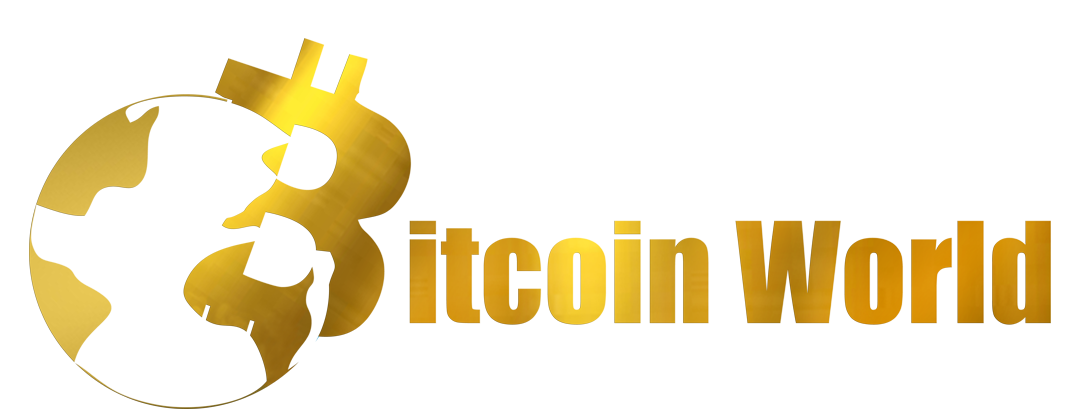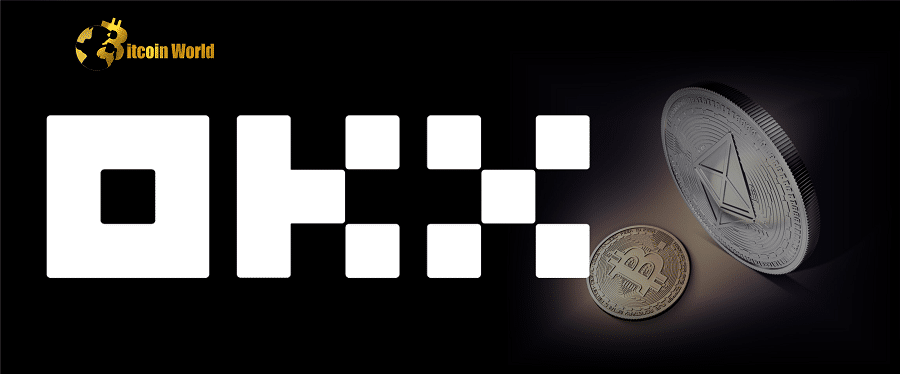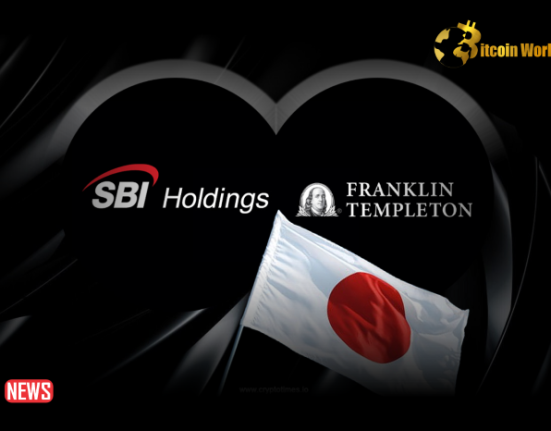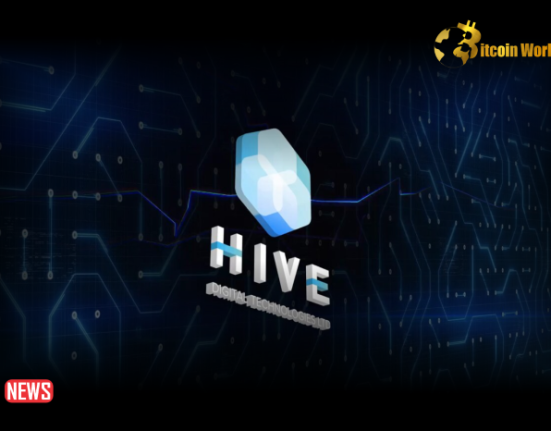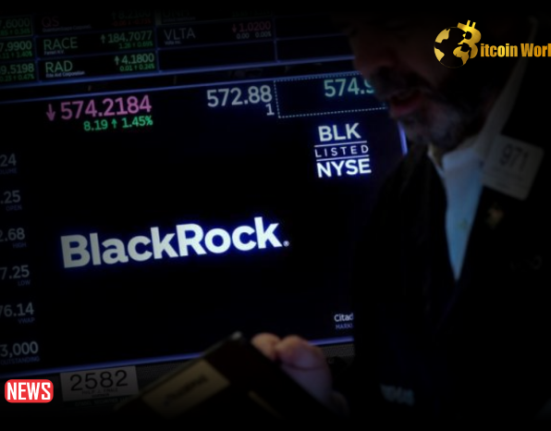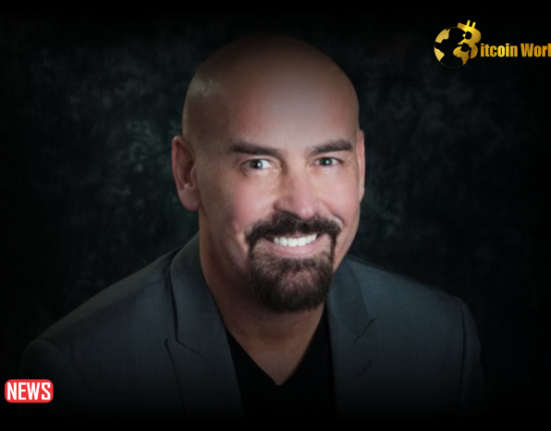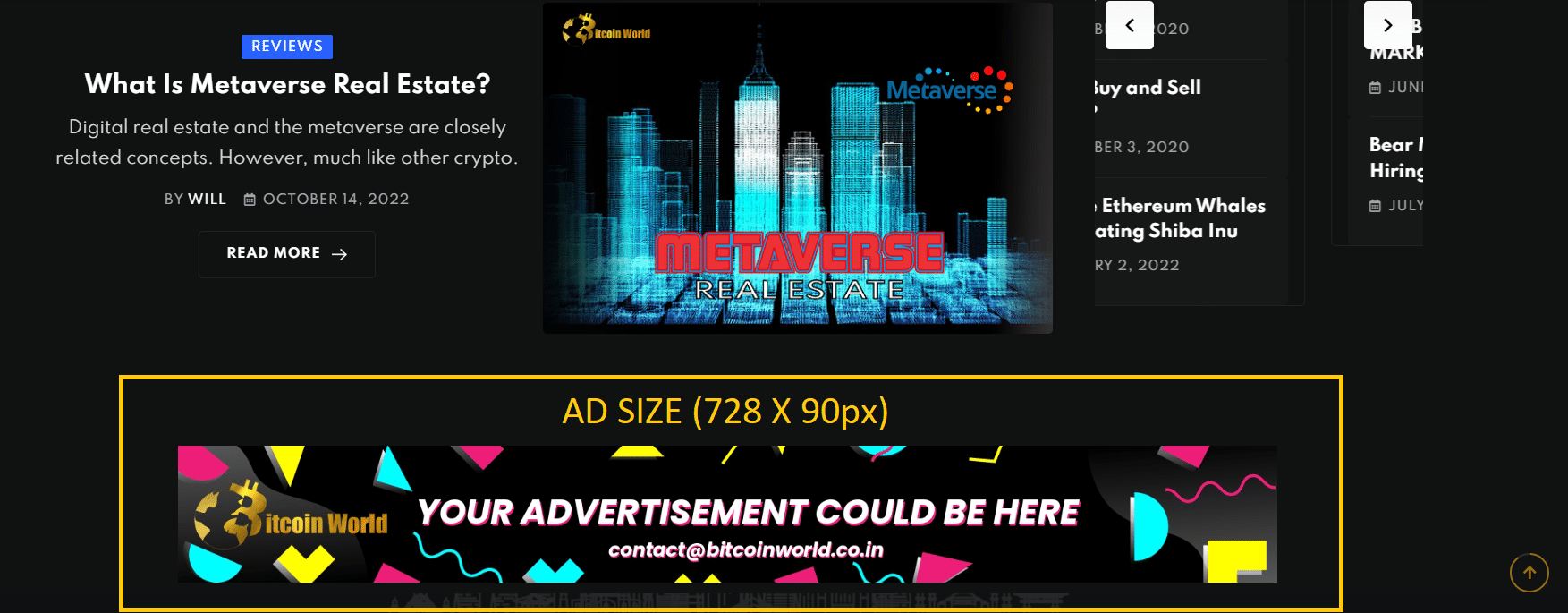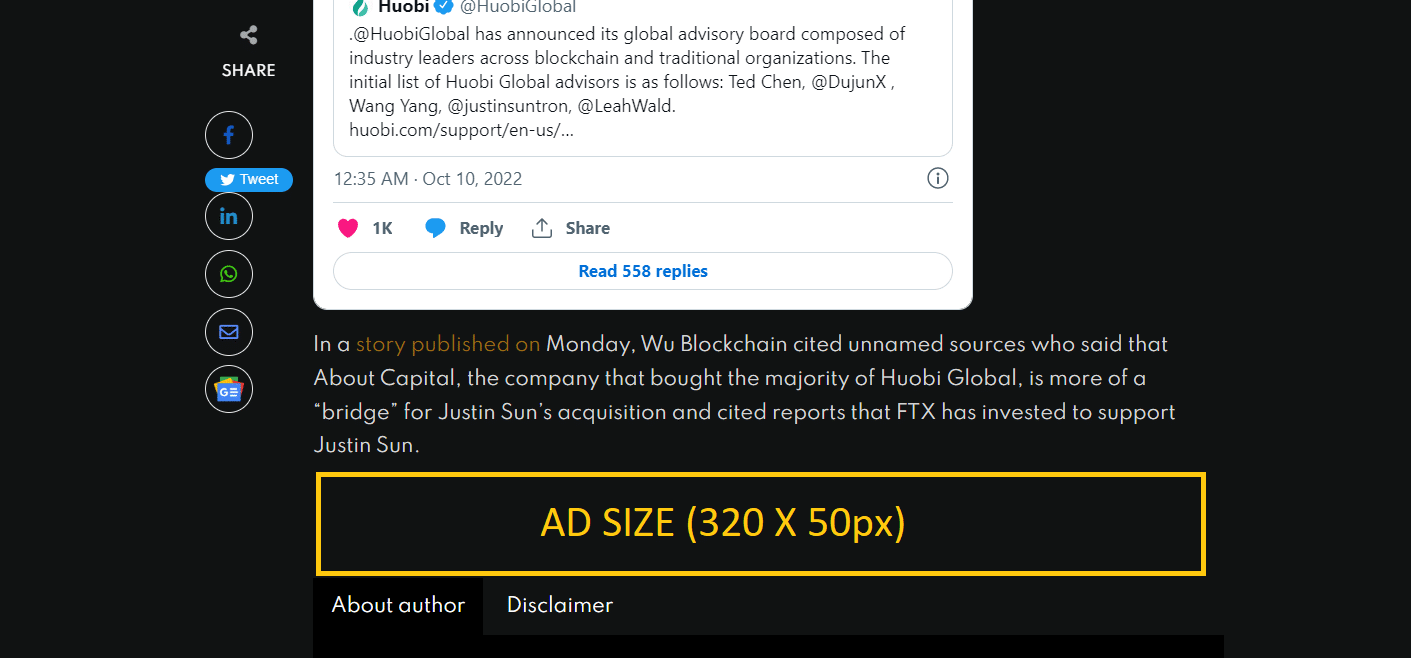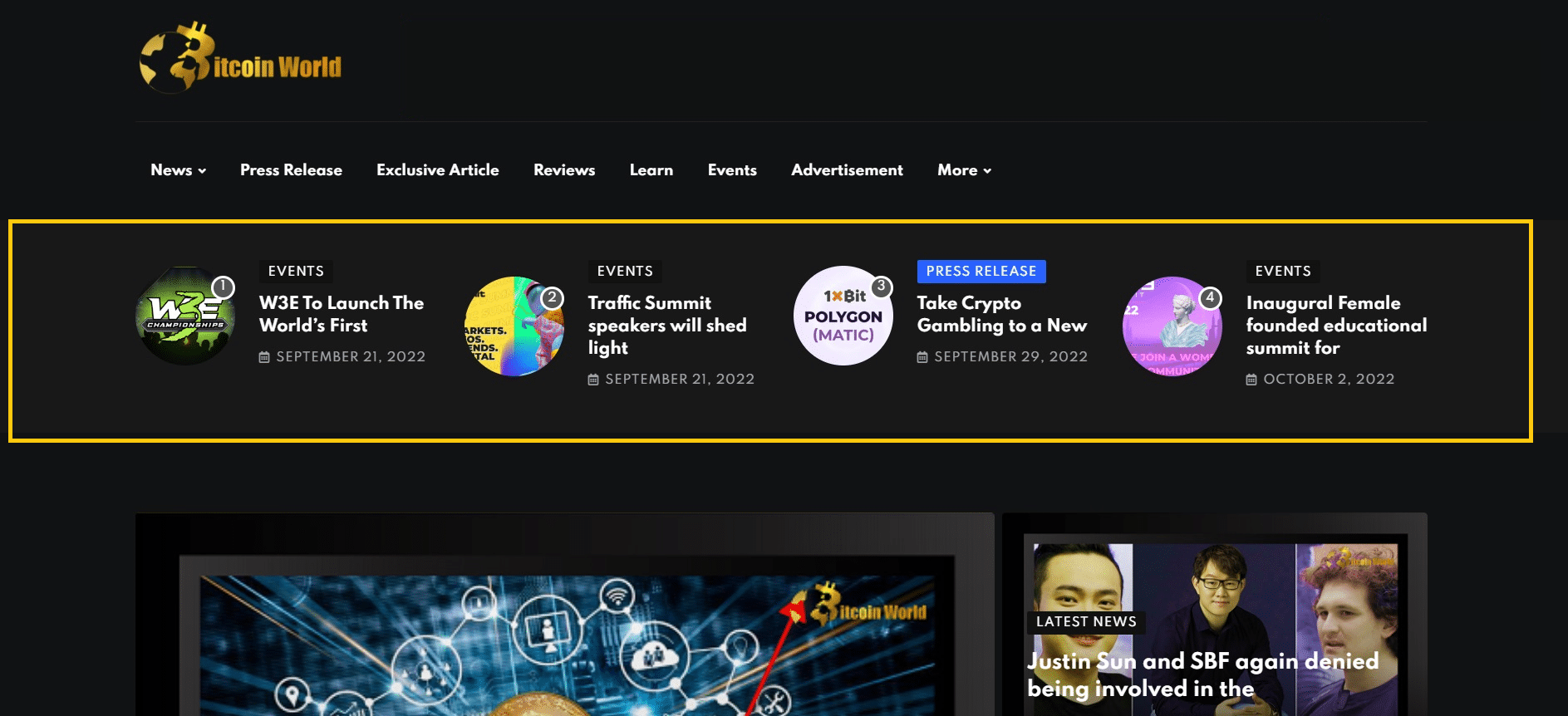The reserve ratios of Bitcoin (BTC) and Ethereum (ETH) have surpassed 100%, according to the cryptocurrency exchange OKX.
OKX released the 3rd Proof of Reserve (PoR) result report on the 19th (local time) that OKX’s reserve is a total of $7.5 billion, including Bitcoin and Ethereum, and the reserve ratio is 105% for Bitcoin and 105% for Ethereum.%, reported that Tether (USDT) is 101%. “It has the most ‘clean assets’ among major cryptocurrency exchanges,” OKX added.
The reserve of an exchange is deemed clean if it is made up of traditional cryptocurrencies with substantial market capitalisation, like as Bitcoin and Ethereum, without containing its own native tokens. For example, bitcoin data analysis firm CryptoQuant reports that cryptocurrency exchange Deribit has a lower reserve size than other exchanges but is the only exchange with a 100% clean asset ratio. Crypto.com has a clean asset ratio of 95.51%, whereas ByBit and Binance have clean asset ratios of 91.2% and 87.6%, respectively.
Proof of Reserve, on the other hand, is a technique that verifies whether a trading platform or cryptocurrency corporation has enough funds to support its customers’ assets. When the cryptocurrency exchange FTX declared bankruptcy in November of last year, the demand for the exchange to reveal its reserves grew. OKX was one of the first organisations to use Proof of Reserves to demonstrate the exchange’s reliability.
